Are you sure your backyard is safe for your pooch? Fix these backyard dangers for dogs and turn your yard from a dog hazard to a dog haven.

11 Shockingly Common Backyard Dangers for Dogs


Toxic flowers
The prettiest parts of your garden can be the most dangerous. All kinds of flowers, from geraniums and lantana to foxglove and crocus, are toxic plants for dogs—so keeping them out of your yard is vital. Symptoms of exposure include vomiting, diarrhea, seizures or even death. Azaleas can even cause blindness. Browse through the ASPCA’s full list of plants that are toxic to dogs to see if your garden poses a threat.

Your fence
Yes, even the thing installed specifically to keep your dog safe can lead to injuries. If your pooch tries to squeeze through gaps or dig under the fence, he could not only escape, he could also get splinters and cuts in the process. Shore up gaps and sagging boards, and to keep your dog from escaping, line the bottom of the fence with chicken wire or mesh fencing at least six inches deep to prevent any getaways.
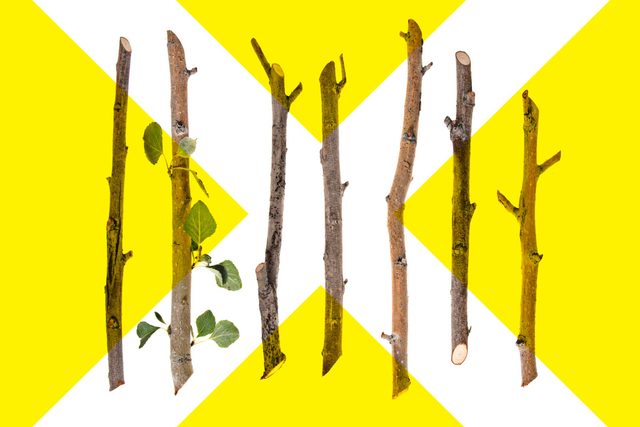
Sticks
Fetching a stick is all fun and games—until your dog swallows parts of the wood. Splinters can get stuck in her mouth and esophagus, and larger fragments could damage stomach lining and intestines or cause constipation. Dogs that make wood part of their diets are more at risk for these injuries, so keep your yard free of sticks and play fetch with a ball or toy bone instead. And if your dog tends to eat things that aren’t food, check in with your vet to see if a behavioral disorder called pica is the reason.
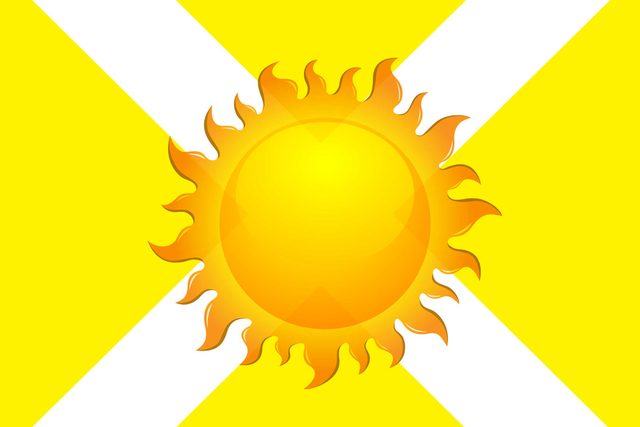
The sun
Too much fun in the sun could mean problems for your pooch, especially in high humidity. Heat stroke and heat exhaustion can lead to organ dysfunction and even death. Symptoms include restlessness, excessive panting, weakness and confusion. Once a dog starts exhibiting these signs, it can take just 20 minutes for the situation to turn deadly. Make sure your yard has shady places for your pets to rest, and give them access to plenty of water.
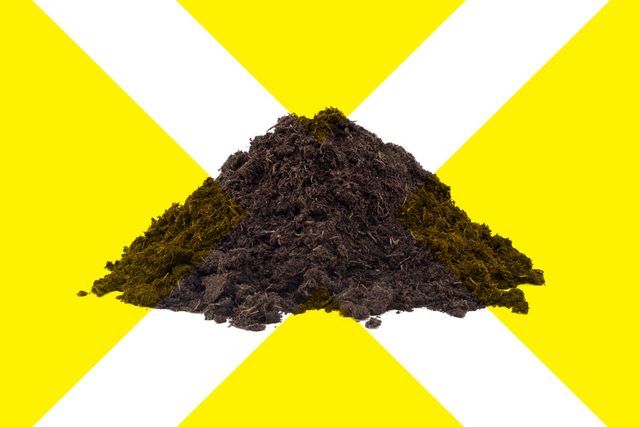
Cocoa mulch
Chocolate is a lethal food for dogs, and some types of cocoa mulch contain the same ingredients—theobromine and caffeine—that make it so dangerous. Luckily, few dogs have died from eating cocoa mulch, but ingesting it can cause vomiting, increased heart rate, tremors and seizures. Some manufacturers make cocoa mulch that is theobromine-free, but an alternative choice like cedar mulch may be your best bet.
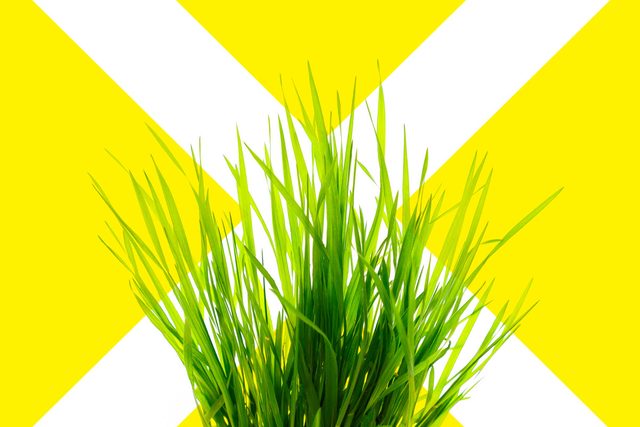
Your lawn
According to a study published in Science of the Total Environment, lawn chemicals are commonly found in the urine of pet dogs—even if their yards weren’t treated with herbicides! Exposure to these chemicals can significantly increase your pet’s risk of bladder cancer. What’s worse, they linger for at least 48 hours after application, even after the grass is dry. Limit the time your dog spends outside after treating your lawn, or take him for a walk instead.
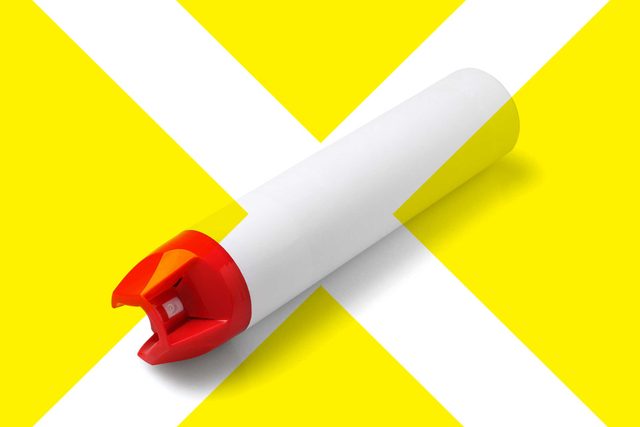
Pesticides
Rodents, insects, snails, slugs—these are all animals you want out of your yard. But the poisons that take care of pests are a major outdoor hazard for pets, including your dog. Symptoms of pesticide ingestion include diarrhea, depression, muscle tremors and respiratory failure. Keep these and other chemicals, including fertilizers and herbicides, away from snooping snouts. Generally, any “-icide” means bad news for pets, but there are ways to get rid of pests naturally.
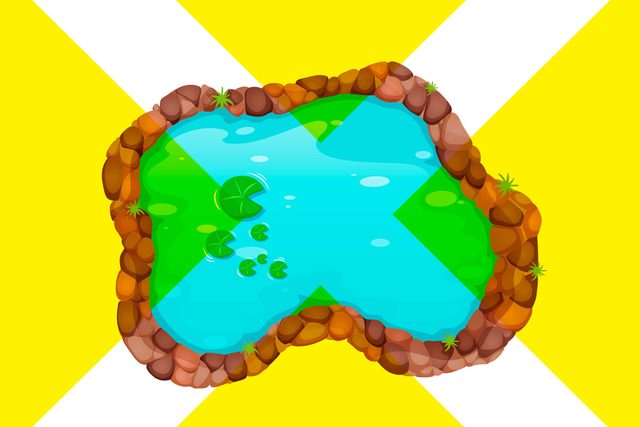
Lakes and ponds
If you live near a lake, pond or stream with warm fresh or saltwater, your dog may be exposed to blue-green algae. Often called “pond scum,” these bacteria form floating mats on the water’s surface. Unlike true algae, blue-green algae discolors water and releases harmful toxins. A quick drink from your dog could mean vomiting, diarrhea or lethargy and lead to more serious medical troubles over time. Unfortunately, blue-green algae can’t be taken care of with chemical treatment, so bring fresh drinking water if you take your dog hiking near unfamiliar water sources. Even if the blooms die, they can still release their toxins into the water.

Your vegetable garden
Humans love them, but onions, tomatoes, chives and garlic are toxic plants for dogs. These common garden crops can cause gastrointestinal irritation and red blood cell damage, so fence off your garden if possible. Alternatively, grow these veggies where you can keep an eye on them (and keep your dog away), like in elevated pots on your deck.
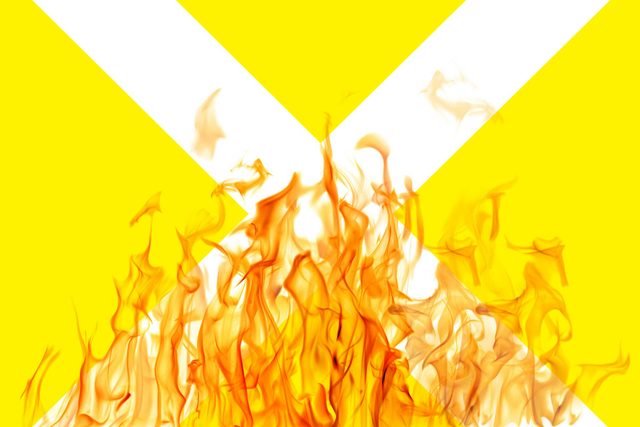
Fires
Burning trash is a quick way to dispose of waste, but it also releases chemicals that can harm you and your pet. If your municipality allows trash burning, do it responsibly by keeping your dog away. Exposure to chemicals can lead to asthma, mouth burns and other injuries. Even once the fire’s out, the ash contaminates the grass your dog walks through.

Spiders
Besides plants and chemicals, there are other backyard dangers for dogs to be aware of. America is home to two deadly species of spiders—the black widow and the brown recluse, which can be very dangerous for your dogs. These spiders hide themselves very easily in your garden, wood pile and shed. Keeping your yard free of spider habitats like leaf litter, wood piles and excess moisture will minimize exposure. Bites from these spiders can send your dog to the vet, so following pet safety tips outdoors is essential for every responsible pet parent.

How to protect your dog from common backyard hazards
Your dog loves the backyard. Instead of restricting his time outside, follow these steps to dog-proof your yard and keep your pup safe.
- Learn which plants are safe and which are not. The ASPCA has a list that you can access, or call your county extension office for localized advice.
- Keep pesticides, fertilizers and other chemicals in a well-ventilated area where your pet cannot access them.
- Watch for signs of exposure to toxic plants and chemicals, and take your pet to the vet if you suspect they ate something they shouldn’t have.
- Prevent dogs and other pets from digging in your compost pile, which can contain fungi and other organisms that are harmful to dogs.
Why trust us
At Reader’s Digest, we’re committed to producing high-quality content by writers with expertise and experience in their field in consultation with relevant, qualified experts. We rely on reputable primary sources, including government and professional organizations and academic institutions as well as our writers’ personal experiences where appropriate. We verify all facts and data, back them with credible sourcing and revisit them over time to ensure they remain accurate and up to date. Read more about our team, our contributors and our editorial policies.
Sources:
- ASPCA: “Poisonous Plants For Pets”
- ASPCA: “Toxic and Non-Toxic Plant List – Dogs”
- American Kennel Club: “Plants That Are Poisonous to Dogs”
- American Pest: “11 Bugs to Watch Out For If You Have Pets”
- Pet Poison Helpline: “Blue-green Algae (Cyanobacteria)”
- Science of the Total Environment: “Detection of herbicides in the urine of pet dogs following home lawn chemical application”
- Union Lake Veterinary Hospital: “Composting for Pet Owners”
- National Poison Control Center: “Cocoa Bean Mulch Can Poison Dogs”



















